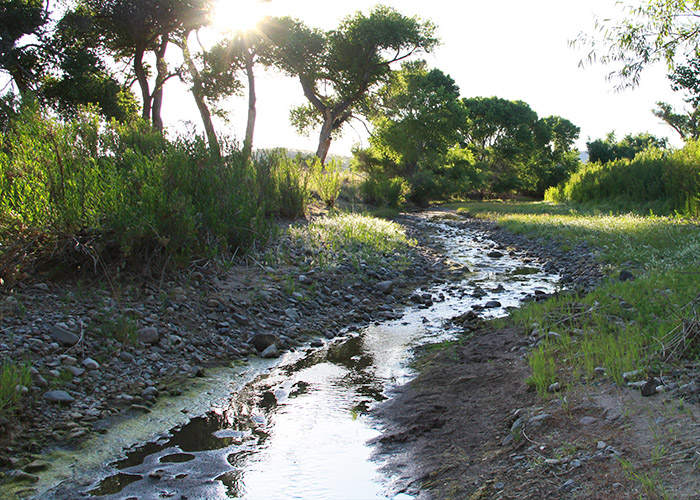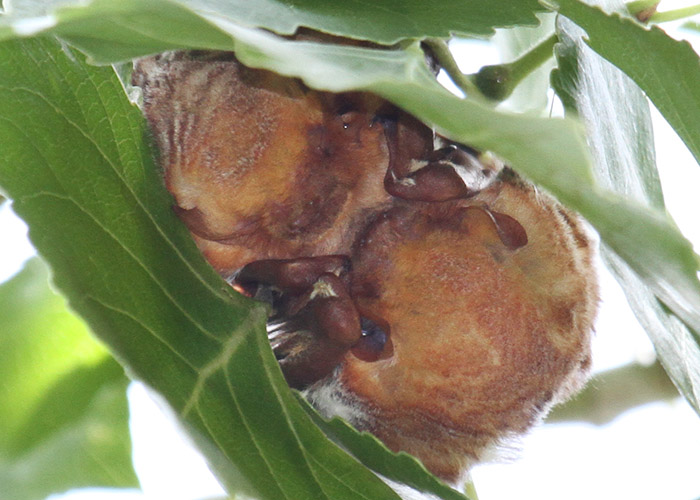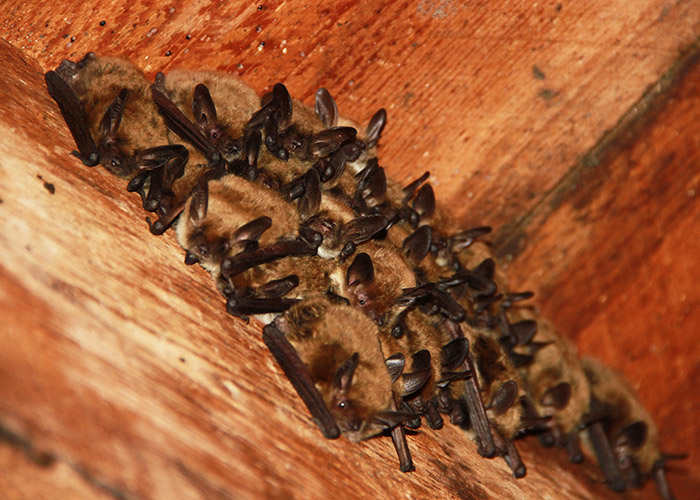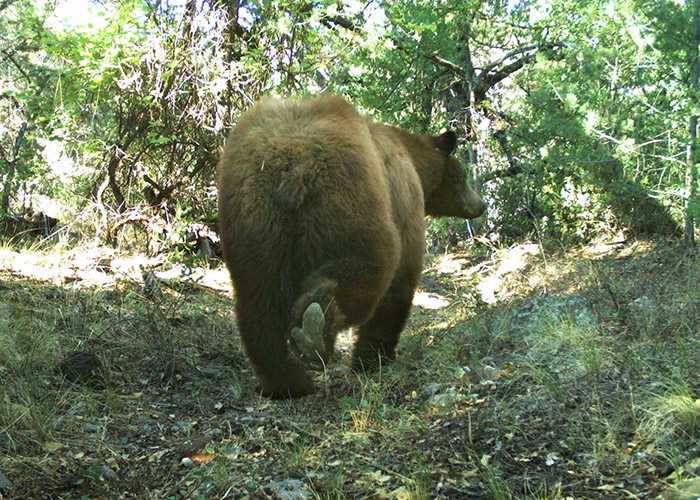Following is a selected project highlight from the Share with Wildlife mission to assist all New Mexico wildlife in need, no matter what species.
Project Highlights
We all know rivers and adjacent riparian areas are important. Especially in an arid state like New Mexico where water is a precious commodity and natural water sources are typically few and far between. However, multiple questions remain unanswered for many riparian areas. How many species actually utilize these ecosystems? What specific habitat types are these animals using? Where do individual animals go in and around riparian areas? Dr. Keith Geluso and his Master’s student, Brett Andersen, from the University of Nebraska at Kearney are trying to answer some of these questions.
Using funding from the Share with Wildlife program, Keith and Brett are inventorying mammals along sections of the Mimbres and Gila rivers in Southwestern New Mexico. They are using a combination of sampling techniques, including mist netting (bats), live trapping (small mammals), and camera trapping (larger mammals) to determine which species are present in both the riparian zone and adjacent upland habitats. For a separate project related to Brett’s Master’s thesis, they are attaching small radio-transmitters on western red bats (Lasiurus blossevillii). These transmitters allow Brett to determine what kind of trees the bats are roosting in, where the trees are located in relationship to the river, whether they roost singly or in groups, and whether they tend to use a particular part of the tree.

Mimbres River and surrounding riparian habitat on the NMDGF River Ranch property.

Pair of western red bats roosting in a cottonwood tree. (Dr. Keith Geluso)
Keith and Brett’s data support what we already knew; riparian areas are crucial for wildlife. To date they have had very high success rates with both their mist netting and small mammal trapping efforts and even captured ten different species of bats in one evening! Their data are also expanding our knowledge of some of these species. They are seeing some bat species that were thought to occur only in the eastern part of the United States. They are also finding out that western red bats do not always behave the way we thought they did. Among other things, western red bats seem to like to roost in groups rather than on their own. Keith and Brett aren’t doing a formal inventory of other taxonomic groups, but they’ve still seen a variety of herpetofauna, including rattlesnakes and frogs, and birds, including wild turkeys.

Fringed myotis day roosting in a barn. (Dr. Keith Geluso)

Black bear caught via camera trap along the Gila River. (Dr. Keith Geluso)

